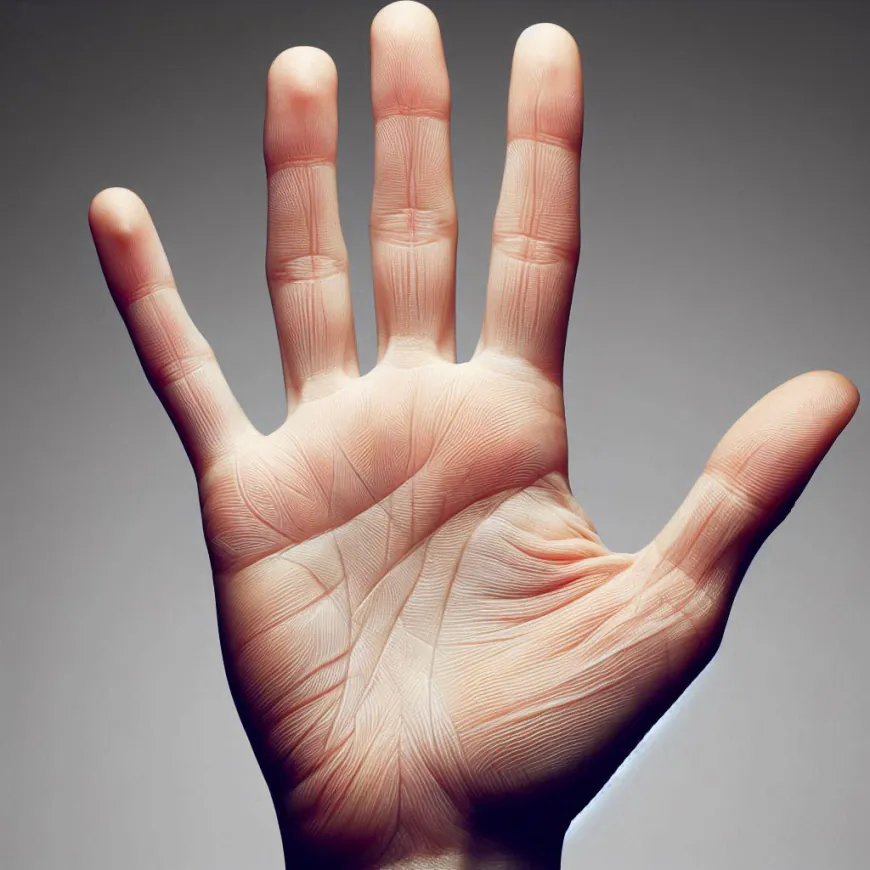Why Does Hair Not Appear on the Palm of the Hand and the Sole of the Foot?
Discover the role of DKK2 in hair growth and why our hands and feet remain smooth and hairless.

The Enigma of Hairless Palms and Soles: Unraveling the Mysteries of Human Skin
Introduction
Have you ever wondered why the palms of your hands and the soles of your feet are devoid of hair? This peculiar trait of human skin has puzzled scientists and laypeople alike for centuries. Unlike other mammals, our palms and soles remain smooth and hairless throughout our lives. This article delves into the scientific explanations behind this phenomenon, exploring the intricacies of human biology and evolution.
The Role of Genetics and Evolution
The absence of hair on our palms and soles is a result of complex genetic factors and evolutionary adaptations. Our ancestors likely developed hairless palms and soles to enhance their ability to manipulate tools and navigate their environment. The smooth skin increases friction, allowing for better grip and sensitivity, which are crucial for tasks requiring fine motor skills.
Understanding Hair Growth
To comprehend why hair does not grow in these areas, we must first understand how hair growth is regulated. Hair follicles, the tiny structures from which hair grows, are distributed unevenly across the human body. The density and distribution of these follicles are determined by genetic signals that vary from one part of the body to another.
The Science Behind Hairless Regions
Recent scientific studies have shed light on the molecular mechanisms that prevent hair growth on the palms and soles. Researchers have identified a protein known as Dickkopf 2 (DKK2), which acts as an inhibitor, blocking the Wnt signaling pathway responsible for hair follicle development. In regions where DKK2 is highly expressed, such as the palms and soles, hair follicles do not form, resulting in hairless skin.
Comparative Analysis with Other Mammals
Interestingly, not all mammals have hairless palms and soles. Animals like rabbits and polar bears have furry paws, which serve as insulation against cold surfaces. The expression levels of DKK2 in these animals are significantly lower, allowing hair to grow in these regions. This contrast highlights the diversity of evolutionary paths among different species.
Implications for Medical Research
The discovery of DKK2’s role in hair growth has significant implications for medical research, particularly in the fields of hair loss treatment and wound healing. By manipulating the Wnt signaling pathway, scientists hope to develop new therapies for conditions like alopecia and to promote hair regrowth in areas affected by severe burns or injuries.
Conclusion
The hairless nature of our palms and soles is a fascinating example of human biological uniqueness. Through the lens of science, we can appreciate the intricate balance of genetics and evolution that shapes our physical characteristics. As research continues, we may unlock further secrets of the human body, enhancing our understanding of ourselves and the world around us.
What's Your Reaction?








































